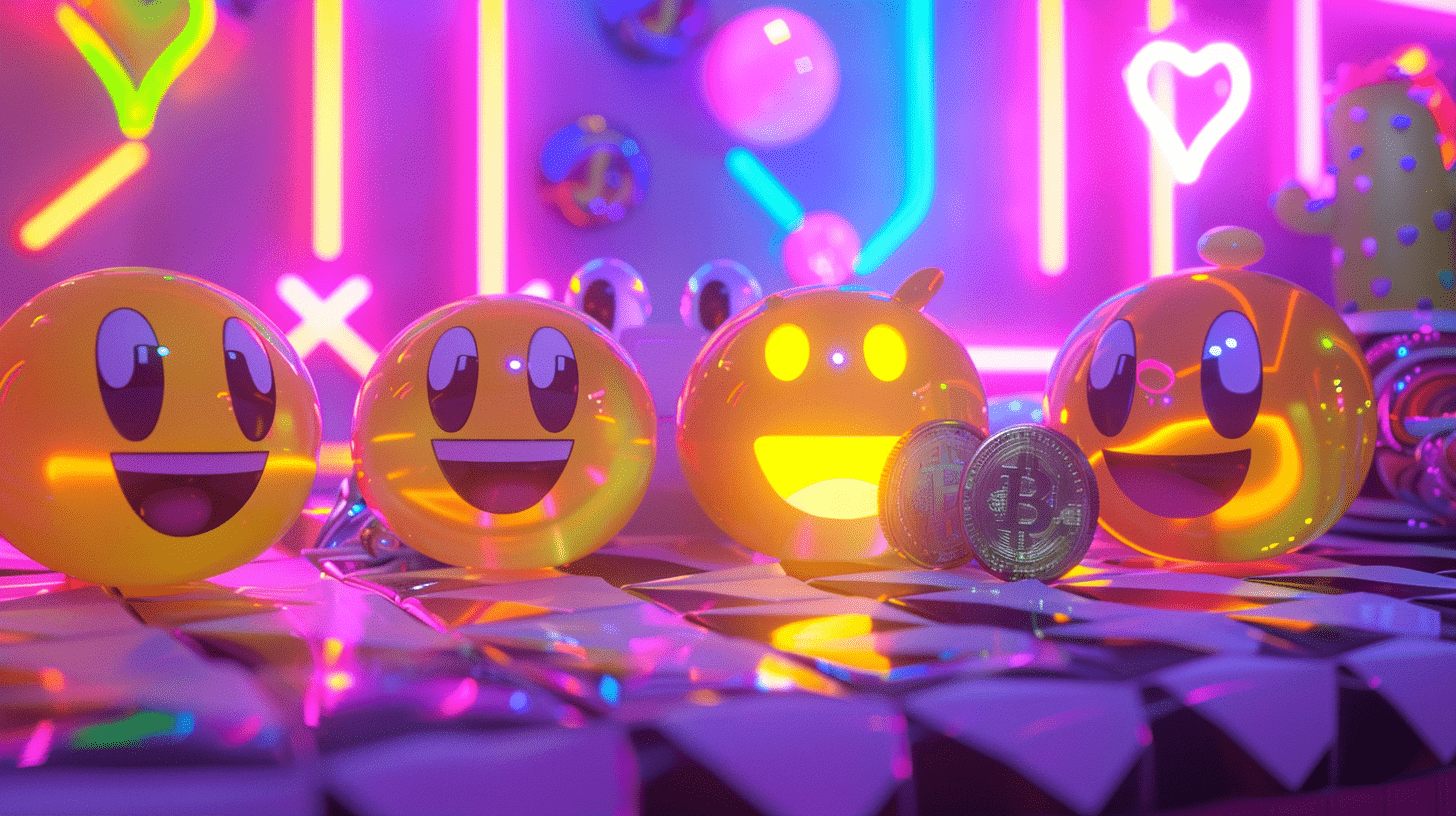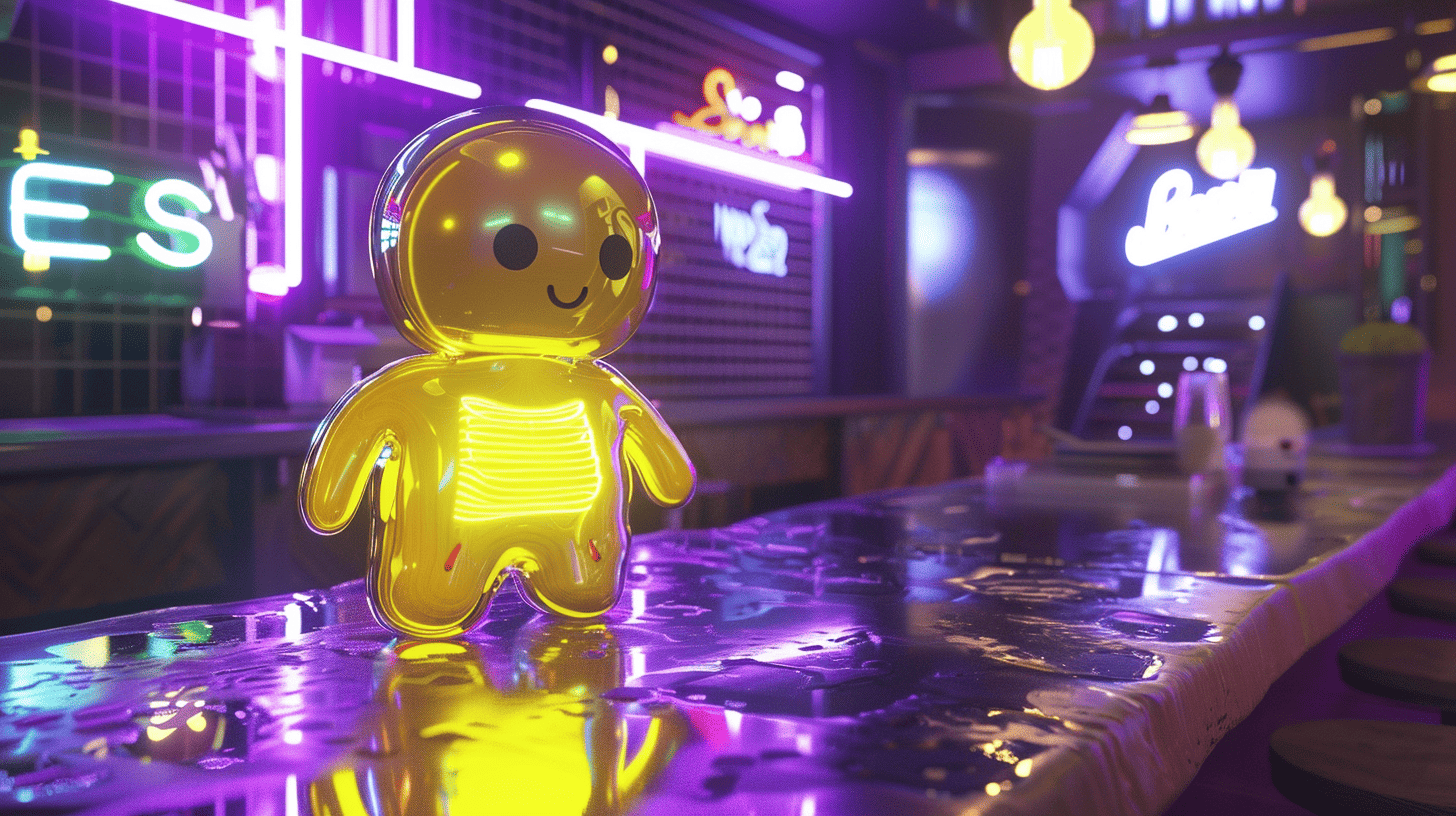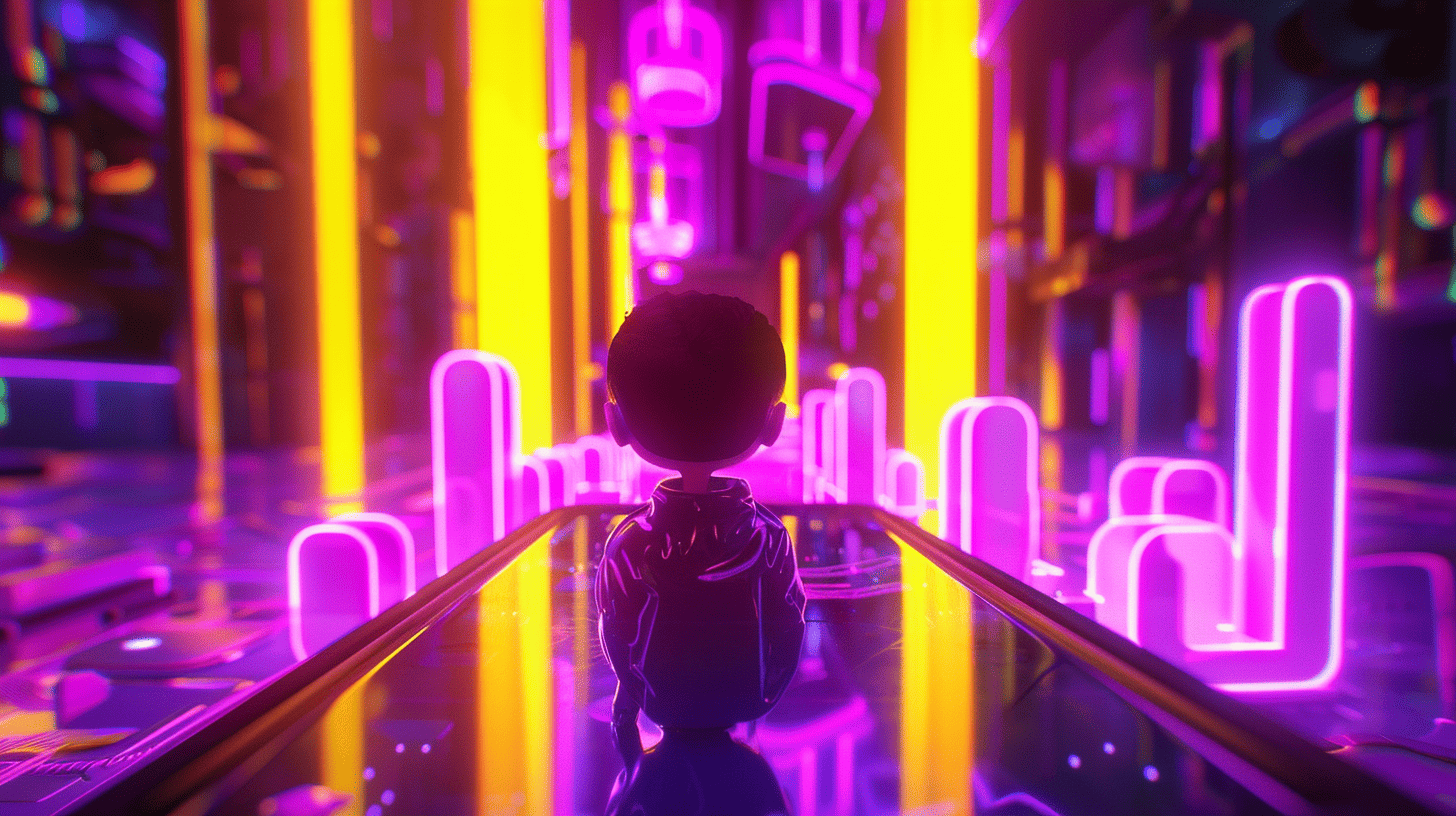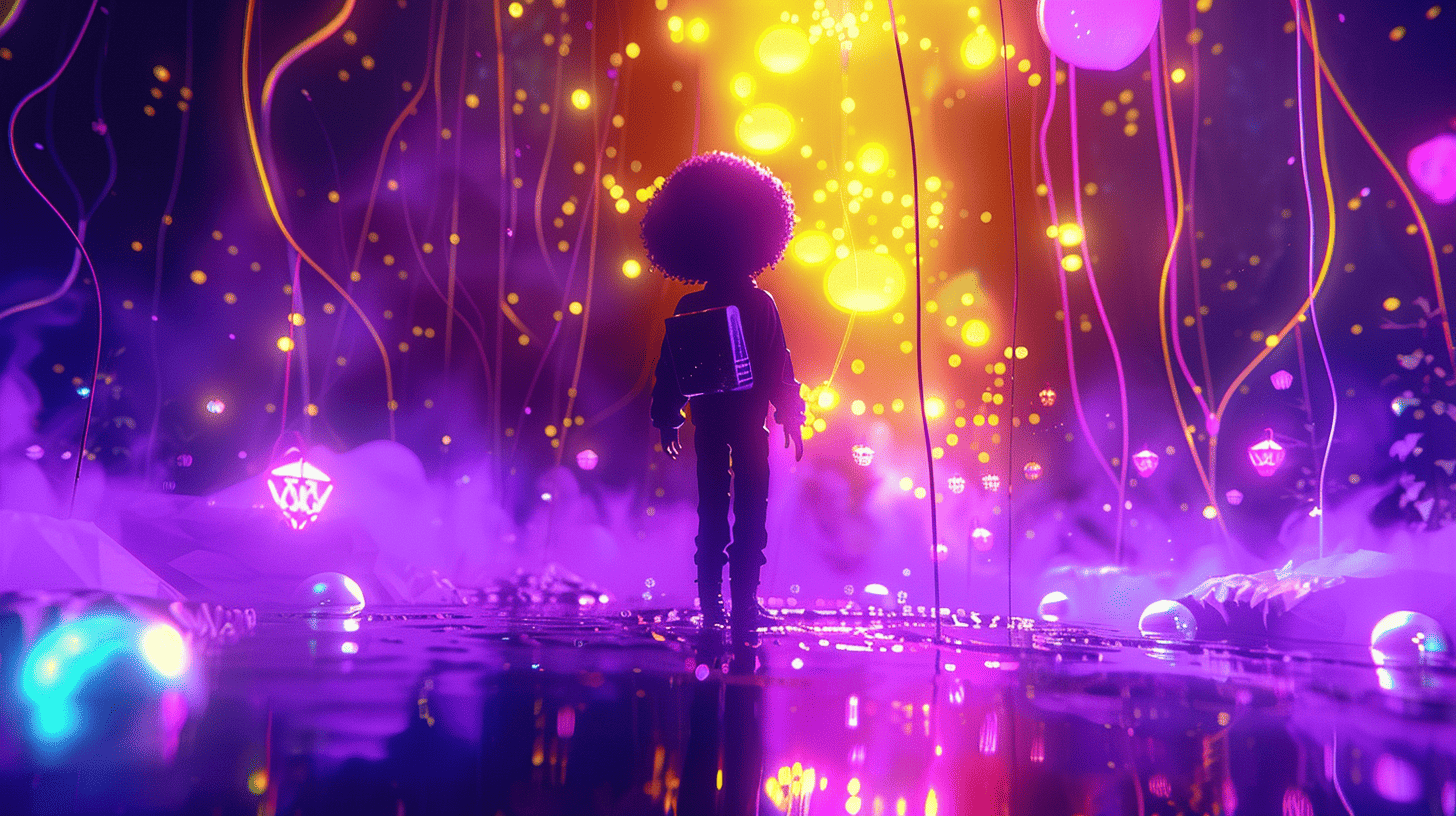Tokenized Game Items: The New Standard in Gaming Ownership

In most games, items are just numbers on a server. You earn them, use them, and lose them if the game shuts down or your account gets banned. You never really own them.
Tokenized items change that.
When an item is linked to a blockchain token, it becomes yours. You can keep it, sell it, trade it, or move it to another wallet. It doesn’t depend on one game or one platform.
This shift turns digital items into real assets. And it’s already starting to reshape how people think about in-game rewards and ownership.
This article breaks down how tokenized items work, what they change, and why they’re becoming a new standard in Web3 games.

What Tokenized Game Items Actually Are
A tokenized item is just a game asset that lives on the blockchain. It can be a sword, a skin, a card, or even a piece of land. What makes it different is that it's tied to a token — usually an NFT — and stored in your wallet.
This means the item isn’t just part of your game account. It’s part of your digital property.
You can view it, transfer it, or list it on a marketplace — all without opening the game. You don’t need permission from the developers. You control it directly.
These items aren’t locked to a single server. They follow you. If another game or platform supports the same format, you can use that item there too.
In short: tokenized items aren’t just virtual. They’re portable and tradable, like any other crypto asset.

Real Ownership: Why It Changes Everything
In traditional games, your items belong to the platform. You might earn them, but you don’t control them. If your account gets banned, everything’s gone. If the game shuts down, so does your inventory.
Tokenized items change that.
When you own an item as a token, it sits in your wallet — not on the game’s servers. No one can delete it. No one can take it away. You don’t need anyone’s permission to move it, sell it, or keep it forever.
This gives players real control. You’re not just playing — you’re collecting assets you can use, trade, or sell outside the game.
Ownership also opens new doors. Some players treat items as investments. Others collect rare drops and resell them. The line between gamer and asset holder starts to blur.
It’s not just about playing anymore. It’s about owning what you earn.

New Marketplaces, New Roles for Players
Once items become tokens, they stop being stuck inside the game. Players can list them on open marketplaces like OpenSea or Blur. Anyone can buy them — even people who’ve never played the game.
This creates new roles. Players don’t just play. They trade, flip, invest, and build collections. Some focus on profit. Others just enjoy owning something rare.
It also changes how games grow. Developers don’t need to run their own shops or manage every trade. The community builds the market. Prices go up and down based on demand, not fixed rules.
For players, this means more freedom. You can sell what you don’t use. You can hold what you believe will grow in value. And you can do it all without asking the game for permission.
The player becomes more than a user. You become part of the economy.

Risks: Speculation, Inflation, and Game Balance
Tokenized items give players more control. But they also bring new risks.
Speculation is the biggest one. Some players don’t care about the game — they just want to buy low and sell high. That can drive prices up fast, then crash them just as quickly.
Inflation is another problem. If too many items are minted or dropped, they lose value. Rare gear stops being rare. The market floods, and players stop caring.
Balance is harder to manage too. If powerful items can be bought with money, gameplay shifts toward “pay-to-win”. That pushes out regular players and hurts long-term growth.
These risks don’t mean tokenized items are bad. But they do need rules. Smart limits, clear supply models, and well-designed reward systems keep things fair.
Without that, the economy can collapse — even if the game itself works fine.

Integration with Telegram and Tap-to-Earn Ecosystems
Telegram games move fast. Players tap, earn, and level up — sometimes without even leaving the chat. It’s simple, viral, and easy to scale. But most of these games still use basic points or off-chain items.
Tokenized items take this to the next level.
Instead of just earning coins or scores, players can collect real items — stored as NFTs. A rare drop becomes something you can hold, trade, or resell. Even simple bots can start offering real value.
Tap-to-earn games can link rewards directly to wallets. You tap, get a tokenized item, and it lands in your wallet instantly. That item might unlock new features, give you a bonus, or just be something you sell later.
These systems are already being tested. Some Telegram bots drop NFTs to active users. Others reward early players with tokenized badges or gear.
It’s a small shift — but it turns casual tapping into real ownership.

Are Tokenized Items the Future or Just a Trend?
Tokenized items aren’t new. Games have tested them for years. Some NFT projects built full ecosystems around them. A few big studios tried. Most pulled back — often because of backlash or unclear value.
But in Web3-native games, they’re becoming normal.
When a game is built on blockchain from day one, adding tokenized items makes sense. It fits the model. It adds utility. And it gives players more reason to stay involved.
Still, adoption is slow in mainstream gaming. Many players don’t trust NFTs. Others just want to play without thinking about wallets and gas fees.
So no — tokenized items haven’t taken over. But in the Web3 space, they’re gaining ground fast. Especially in games where earning, trading, and collecting are part of the core loop.
This isn’t hype. It’s a shift — one that’s already happening, whether people notice or not.

Conclusion
Game items used to be locked away — tied to one account, one game, one platform. Tokenization changed that.
Now, you can own what you earn. You can move it, sell it, or just keep it — without asking permission.
This shift gives players more control. It builds open markets. And it creates new ways to play and earn.
It also brings risks. Without balance, things can break. But with the right setup, tokenized items make games more open, more flexible, and more rewarding.
They’re not for every game. But in Web3, they’re becoming the default.
